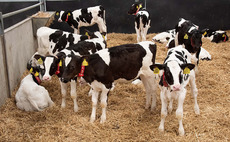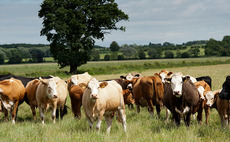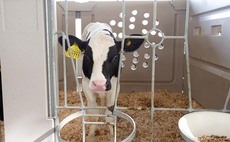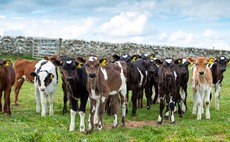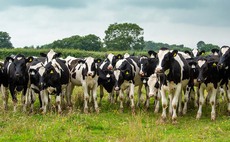Welfare
Livestock
Cuts to police budgets could leave forces unable to enforce the Government’s crackdown on livestock worrying, according to Labour’s Shadow Farming Minister Daniel Zeichner.
Livestock
Pneumonia is one of the biggest causes of death in calves, impacting farm productivity, efficiency and financial health. A new piece of technology could help spot the signs earlier, leading to quicker intervention and prevent
Livestock
UK livestock sectors are making good progress on antibiotic use targets, according to the latest report from the Responsible Use of Medicines in Agriculture Alliance (RUMA) targets task force.
Livestock
The UK’s ability to respond to a future animal disease outbreak is being put at risk by a shortage of vets across the country, the British Veterinary Association (BVA) has warned.
Livestock
The introduction of the AIPZ comes after the disease was detected in captive birds at premises in England, Wales and Scotland
Livestock
Careful management of suckler cows at this time of year can pay dividends for the future. Veterinary surgeon, Joe Henry, of Black Sheep 51AV��ƵHealth, Rothbury, offers some advice.
Livestock
Nearly all farmers taking part in a recent calf survey recognised the link between well reared heifers and future performance, yet data suggests there is huge scope for producers to drive efficiencies further.
Livestock
Two key strains of Mannheimia haemolytica bacteria are likely to be responsible for pneumonia in calves, with a third of unknown pathogenic status.
Livestock
The potential to drive genetic gain, make more informed breeding decisions and improve efficiencies begs the question as to why you would not genomically test heifers.
Livestock
Feeding the right amount of a quality milk replacer so that heifer calves hit growth rate targets will positively impact on their performance once they enter the herd.

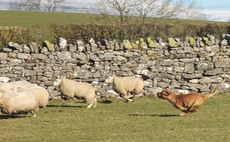
 14 November 2021
•
2 min read
14 November 2021
•
2 min read
